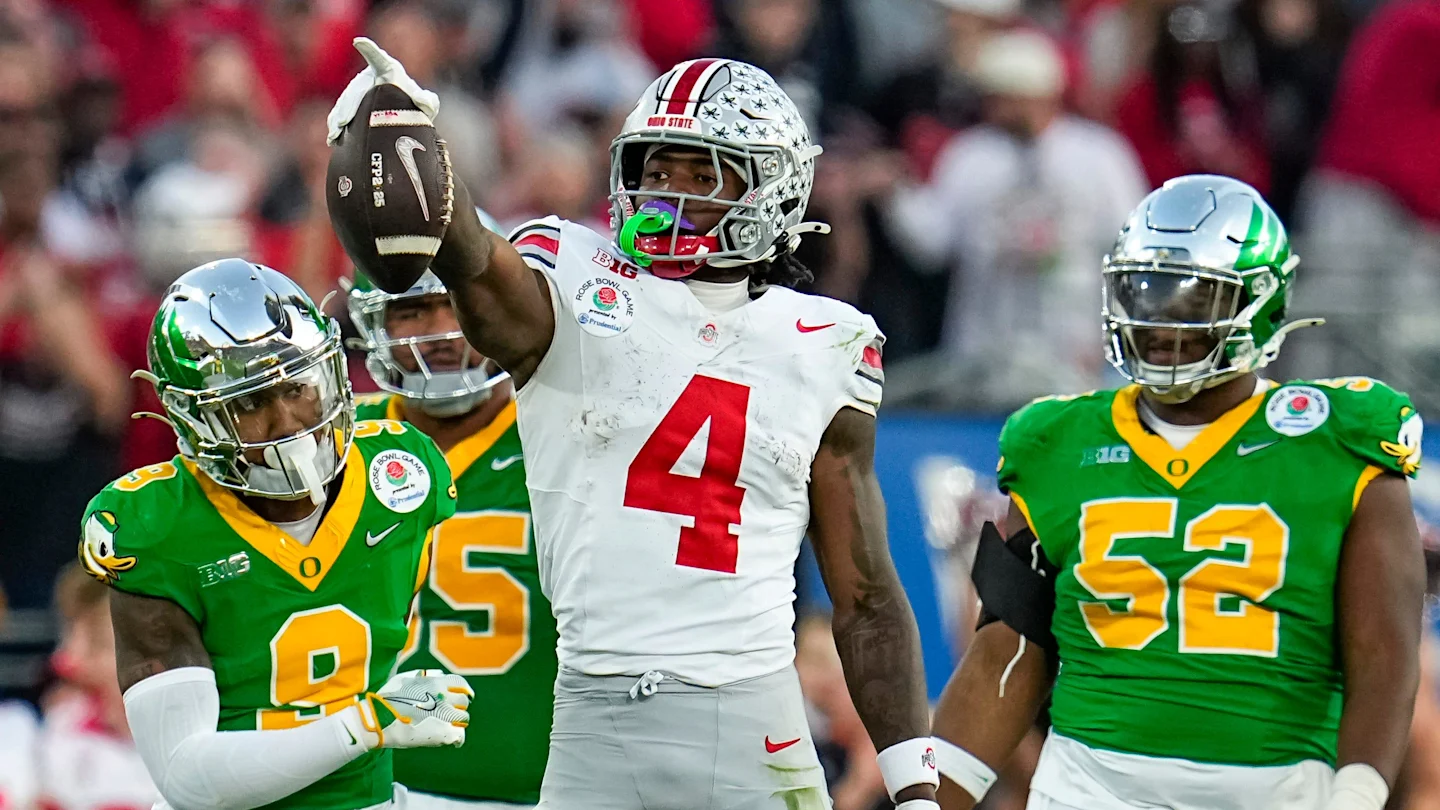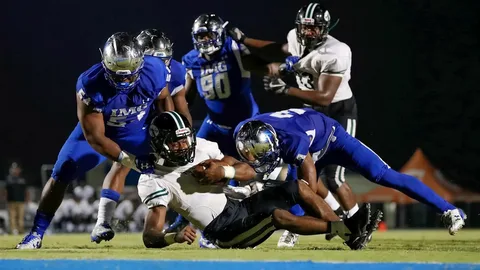The world of football has evolved significantly over the past few decades, and technology is playing an increasingly vital role in shaping the way the sport is played, managed, and experienced. As we approach 2025, the integration of advanced technologies in football matches continues to revolutionize the game. These innovations not only enhance the viewing experience but also improve fairness, player performance, and decision-making on the field. In this article, we’ll explore some of the cutting-edge technologies being used in football matches as of 2025.
1. Video Assistant Referee (VAR)
One of the most talked-about technologies in modern football is the Video Assistant Referee (VAR) system. VAR has been used to assist referees in making more accurate decisions during matches, particularly in cases of goals, penalties, red cards, and mistaken identity. By 2025, VAR technology has become even more sophisticated, offering clearer and more instantaneous reviews. The system now includes multi-angle camera feeds, AI-assisted decision-making, and automated offside detection, ensuring that critical moments in a match are reviewed with utmost precision.
2. Goal-Line Technology (GLT)
Ensuring that a goal has been scored is one of the most crucial aspects of any football match. Goal-line technology has been a significant advancement in confirming whether the ball has crossed the goal line. By 2025, systems such as Hawk-Eye and GoalControl have become faster and more reliable, providing real-time data to the referee, who then makes an immediate decision. These systems use multiple cameras placed around the goalposts and analyze the ball’s position with millimeter-level accuracy.
3. Smart Wearables & Performance Monitoring
Player performance has always been a focal point of football, and with the advent of smart wearables, coaches and medical teams now have access to real-time data about a player’s physical condition. Wearables such as GPS trackers, heart rate monitors, and accelerometers provide insights into players’ movements, heart rates, stamina, and even fatigue levels. In 2025, these devices have become more compact and less intrusive, allowing players to wear them seamlessly during matches while coaches analyze the data to make tactical adjustments or assess injury risks.
4. Artificial Intelligence (AI) for Tactical Analysis
AI is playing an increasingly important role in match analysis and strategy. By 2025, AI-driven systems are capable of analyzing vast amounts of data during a game, including player positioning, ball movement, and opposition tactics. This technology is used to produce detailed insights on team performance, enabling coaches to make better decisions during half-time and post-match. AI is also used in scouting players by analyzing their performances over time, offering more accurate predictions about a player’s potential.
5. Augmented Reality (AR) and Virtual Reality (VR)
AR and VR technologies have transformed how fans and players interact with football. For fans, augmented reality (AR) provides immersive experiences through apps and smart glasses, offering match highlights, player statistics, and live data overlaid on the field in real time. Meanwhile, virtual reality (VR) is being utilized for training purposes, allowing players to simulate match scenarios and improve their skills in a controlled environment. Coaches use VR to walk through potential match strategies or to prepare for specific opposition tactics.
6. 3D-Tracking Systems
By 2025, 3D tracking systems such as Tracab and Opta are widely used to track player movements and the ball in real-time with high precision. These systems provide coaches and analysts with 360-degree data on every player’s actions, including speed, distance covered, and positioning. The data helps improve tactical decision-making and provides fans with insightful match commentary. 3D tracking technology also plays a significant role in player injury prevention, as detailed movement data allows for better analysis of biomechanics.
7. Robotic Camera Systems
The production and broadcast of football matches have become much more dynamic thanks to robotic camera systems. These cameras are capable of capturing fast-paced action from various angles without the need for human operators. In stadiums, robotic cameras can follow the ball, track player movements, and even capture crowd reactions, providing a seamless viewing experience for fans at home. Additionally, AI-enhanced robotic cameras can automatically adjust to the most crucial moments of the game, ensuring no key action is missed.
8. Blockchain for Fan Engagement and Ticketing
Blockchain technology has started making waves in football, especially in the areas of fan engagement and ticketing. By 2025, digital fan tokens have become a popular way for clubs to interact with supporters, allowing them to vote on club decisions or access exclusive content. Blockchain has also been adopted to combat counterfeit tickets by providing verifiable, digital tickets that can be securely transferred between fans. This ensures transparency and prevents fraudulent activities around match-day tickets.
9. Connected Stadiums
As stadiums evolve into connected hubs of entertainment, the technology powering them continues to advance. In 2025, 5G networks enable ultra-fast communication within the stadium, allowing fans to share their experiences in real-time, access instant replays, and engage in interactive experiences via mobile apps. The connected stadiums also provide smart seating arrangements, ensuring fans are given personalized experiences with dynamic pricing, food ordering, and wayfinding features.
10. Drones for Aerial Footage
Drones are increasingly being used for capturing aerial footage of football matches. By 2025, drones provide unprecedented, bird’s-eye views of the action, enhancing broadcasts with stunning shots of the game’s atmosphere and giving fans an entirely new perspective of the match. Drones can also be used for stadium security and monitoring large crowds, contributing to a safer environment for players and spectators alike.
Conclusion
The technologies shaping football in 2025 are transforming every facet of the game, from player performance and tactical analysis to fan engagement and match-day experiences. These innovations not only enhance the quality and excitement of the sport but also make football more accessible and engaging for fans worldwide. As technology continues to evolve, we can only expect even more groundbreaking advancements to further enrich the beautiful game, making football in 2025 and beyond a thrilling blend of sport and technology.












Leave a Reply